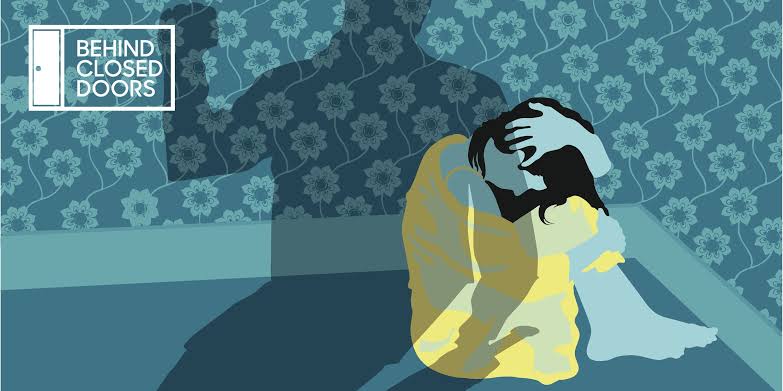A gruesome incident recently came into public knowledge when a 38-year-old woman was smothered to death.
The police reacted swiftly and arrested five people for murdering the woman. The five accused include husband, mother-in-law, brother-in-law and two sisters-in-law.
The accused are the people whom she must have trusted when she got married. She lived with them in one house, cooked food for them, shared joys and sorrows.
This murder is shocking is so many ways and is a reflection of the growing domestic abuse in Kashmir.
It is not the first such case in the region and, in the past years, many women have died in the most gruesome and horrifying ways. In July last year, a woman – mother of two children – was allegedly set on fire by her husband and in-laws, resulting in her death in Harwan area of Srinagar.
In May this year, a 28-year-old mother of two kids in Baramulla district was beaten so badly – allegedly by her husband – that she suffered critical head injuries. The list is long and each new incident brings new horrors of domestic abuse.
The trend in worrisome. The National Family Health Survey released last year by the Union Ministry of Health has grim revelations that one in ten women in the age group of 18-49 in Kashmir has experienced domestic violence. The survey revealed the domestic abuse and sexual harassment is more widespread in rural areas.
The situation now appears to be turning grimmer. The socio-economic structure of Kashmir is on the verge of collapse as phenomenal inflation has increased the cost of living. The price rise of every essential commodity is impacting lives.
In such a situation, where living in itself is a challenge and essentials of life are becoming unaffordable, many women suffering domestic violence in broken marriages find it hard to offer any resistance. The lack of welfare schemes for victims of domestic violence further complicates the matter for them.
The few NGOs and consultancy organisations that we have lack any welfare mechanism that could provide the victims with a sense of purpose and an alternate living.
The societal indifference aggravates the degree of domestic violence. With lack of sympathy and support from the society, the victims feels further slipping into an unending abyss of helplessness.
A consultant working with a government-supported women aid group said she often feels frustrated by the lack of support structure for the victims of domestic abuse.
The domestic abuse, the consultant said, is present in all segments of the society – be it the rich or the poor, the educated or the uneducated. The problems begins when the victims views enduring the domestic violence as a better option than raising her voice against it.
It is this endurance – rooted in helplessness, social stigma and economic dependence – that gives confidence to the aggressor to go an extra step till it reaches a point of no return and the damage is done.
So there is a need for a collective response to help women suffering from domestic violence live a dignified life. The response has to come from all quarters of the society as well as the government and its arms like police and the judiciary.
The societal response has to be the first step in preventing and containing the incidents of domestic violence. Beginning from the mohalla level, the local welfare committees have to act as the first barrier in checking this violence and providing a sense of support and help to the victim. It has to begin from there and, if it does, the domestic violence can be prevented right before it begins.
Charity organizations that are rendering commendable service to the society also need to step forward and identify the victims who are from the economically distraught sections. A small amount of timely aid can help a victim make a proper decision and give her the courage she needs.
The society, at large, should speak out against the domestic violence. Those who matter in the society and those who speak from the pulpit should step forward and take the burden. A societal boycott against the aggressor should be a norm.
On a more organized scale, the administration and the judiciary need to do what is needed from them.
A well-defined welfare scheme and long-term monetary aid for the victims of domestic abuse will be an important milestone and a step forward in the right direction. This is where the government’s intervention is needed the most.
Another step that the government should immediately take is to increase the footprint of one-stop centres, which are doing an extraordinary job of providing counseling in different forms that includes psychiatric as well as legal help to the victims.
Such adequately staffed centres, on district and tehsil levels, can go a long way in shaping a response to such heinous incidents.
The judiciary is an important part of the response system to the incidents of domestic violence. A swift justice in these cases will not only help in containing domestic violence but it will also help in rescuing victims from the hell that they have to live in.
In a place where joblessness is rampant, women’s economic dependence is becoming her biggest curse. The victim thinks about many aspects, her own life, her children, her marriage, the economic burden that has been spent on her marriage and the social stigma of ending a marriage.
She needs to be saved from these burdens and stigmas. It is only possible by a collective response
